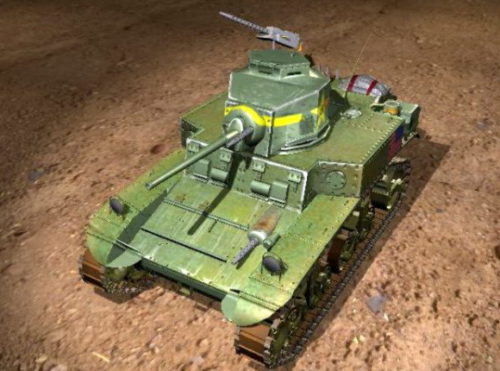

Improving this would involve a projected 33% reduction in the existing structure and armor weight on the system to be achieved using composite materials. It was to set the guidelines for the design and production for future combat systems in order to improve strategic deployability. The US Army’s Master Plan ‘FY1997’ defined the objectives for the CAV-ATD as demonstrating the “technical feasibility, operational potential, and cost-effectiveness of composite materials for combat vehicle structures” and to “validate designs, models, and simulations” for such vehicles. ‘Thrust 5’ objectives had been manufacturing processes, ‘Thrust 6’ was about exploiting the “synthetic battlefield environment”, and ‘Thrust 7’ had objectives of affordability. The other two were the Light Contingency Vehicle (LCV), which was an 8-10 ton vehicle as a joint DARPA-Army-Marine Corps ATD, and a third project using these technologies for an advanced turbine engine for a multi-role fighter. As such, the CAV-ATD served as the bridge between ‘Thrust 5’ and ‘Thrust 7’ as one of three vehicles in ‘Thrust 5’. ‘Thrust 5’ required an operational concept vehicle for a scouting lightweight vehicle assessing the tradeoffs for performance and production capabilities and cost. CAV was developed by the Army in its Thrust ‘Advanced Land Combat’ program. The Composite Armored Vehicle was to take the form of an Advanced Technology Demonstrator and was known as the CAV-ATD as a result. The CAV-ATD was to weigh the full 22 tons (19.96 tonnes) upon completion. The allowable weight range given under the funding contract was 17 – 22 tons (15.42 to 19.96 tonnes). To this end, in December 1993, a contract (DAAE07-94-C-R011) for an estimated US$54m was issued to the firm of United Defense to produce a lightweight high survivability light tank using composites in order to develop the technologies needed for wider adoption of composite materials for vehicles. So promising in fact that, in 1992, plans were drawn up to develop these ideas into a program for a new generation of composite armored vehicles. Tests with the M113 had shown marginal benefits, but the tests with the Bradley had been far more promising.

The work in the early 1980s with the M113 and then in 1987 with the Bradley, had shown the potential of using composite materials to replace aluminum as the choice of hull armor.


 0 kommentar(er)
0 kommentar(er)
